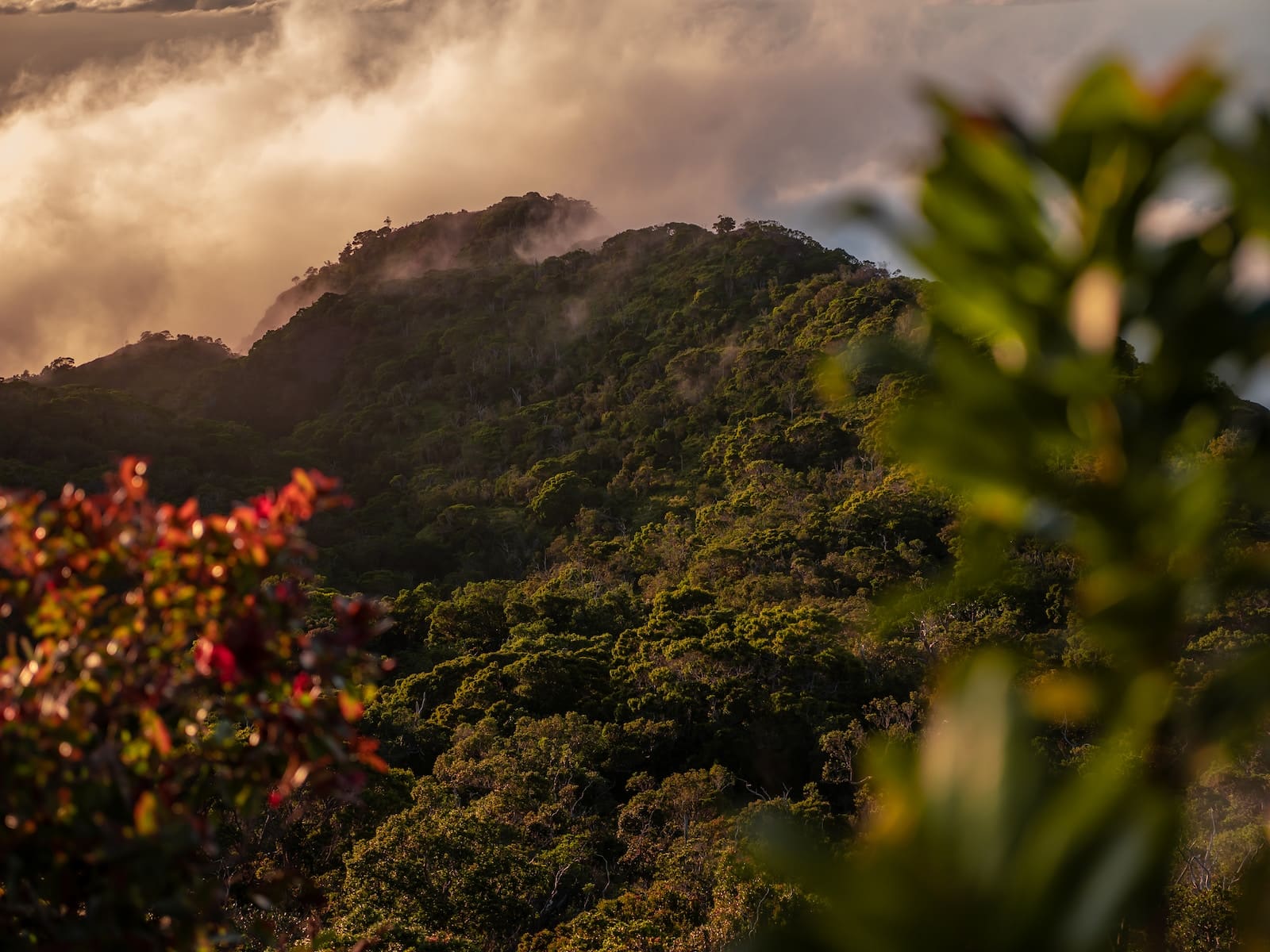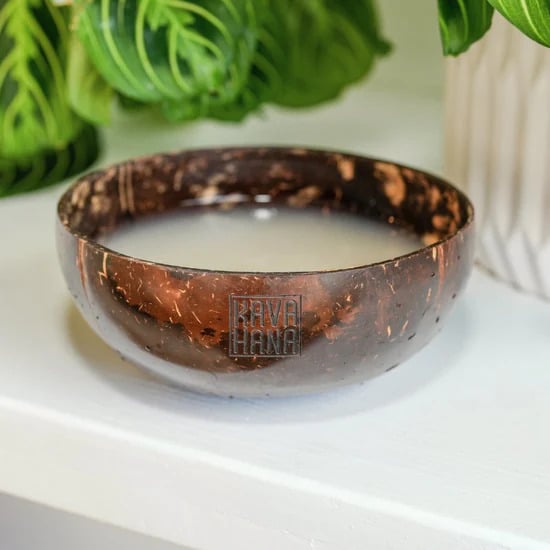This review is written by one of the premier kava researchers, Dr. Apo Aporosa. In this article, he discusses the different cultural aspects of kava in Oceania and how each plays an important role in the cultural identity of the Pacific Islands.
Introduction
This article discusses the importance of kava’s cultural identity in Oceania. Kava is a traditional drink with deep roots in the Pacific islands. Communities drink kava for religious and cultural ceremonies and its medicinal properties. It is a symbol of community, tradition, and social engagement. The researchers highlight how drinking kava is intricately connected to the cultural fabric of the Oceanic region.
The cultural symbols and globalization of kava
Kava is more than just a drink. It is also a powerful symbol that carries meaning beyond its physical properties. Kava is used in different ceremonies, rituals, and gatherings with deep-rooted cultural significance. It represents hospitality, respect, and tradition and is often served to honor guests and build connections between individuals and communities.
Here, the article explores the social dimensions of kava consumption. Kava ceremonies are typically communal events where people come together to share a drink and engage in conversation. These gatherings facilitate social bonding and communication, reinforcing the sense of community among participants. Drinking kava is a way for people to connect, share stories, and strengthen social ties. The section underscores the role of kava in fostering a sense of belonging and togetherness.
Globalization has significantly impacted kava in Oceania and its cultural tradition. Expanding where kava is drunk creates more demand for the plant. A plant that is typically only grown on small islands in the South Pacific. This has influenced the way kava is produced, distributed, and consumed. The authors discuss how globalization touches on the tensions that arise between traditional practices and the evolving global context and the fear of losing that tradition in the Western world. As well as the challenges posed by regulatory issues and cultural appropriation.
The gender dynamics of kava
Researchers dive into the gender dynamics associated with kava consumption. They talk about how kava rituals and gatherings often reflect and influence gender roles within Pacific Island communities. In some societies, kava ceremonies are primarily male-dominated, while women play significant roles in others. The section discusses how these gender dynamics can provide insights into the bigger societal roles and expectations for men and women. It shows how kava rituals intersect with local gender norms and practices.
Kava’s Indigenous history
Indigenous knowledge through kava-related practices is essential for understanding kava culture. The tradition of kava in Oceania has been passed down for centuries. Kava cultivation, preparation, and consumption are deeply rooted in the Pacific Island cultures. The authors explore how traditional knowledge about kava is passed down through generations, often through oral traditions and hands-on learning. The article highlights the importance of kava-related knowledge to preserve and pass on cultural wisdom and practices.
Conclusions
This paper highlights kava’s significance in shaping the Oceanic region’s cultural identity and its importance in creating social connections. The authors emphasize that kava’s cultural symbolism, social functions, gender dynamics, indigenous knowledge transmission, and interaction with globalization collectively contribute to its central role within Pacific Island societies. They reinforce the idea that kava is not just a drink; it’s a powerful emblem of cultural heritage and community cohesion.
Link to article
Aporosa, S. ‘Apo’. Kava and ethno-cultural identity in Oceania. 1–15 (Springer Nature, 2019). doi:10.1007/978-981-13-0242-8_134-1.https://researchcommons.waikato.ac.nz/handle/10289/12377
* Please note that the majority of kava research pertains to kava extracts, which often undergo significant processing and may contain additional ingredients and fillers that can influence their efficacy. It is crucial to consider this distinction when reading about kava studies. To draw an analogy, enjoying natural kava as a beverage can be likened to experiencing a freshly brewed cappuccino, whereas kava extracts are akin in functionality to a caffeine pill. Both forms have their unique benefits and can cater to different preferences and needs. While it’s helpful to understand research on kava extracts, please view it critically and remember that natural kava offers a uniquely holistic experience.


